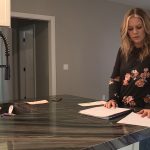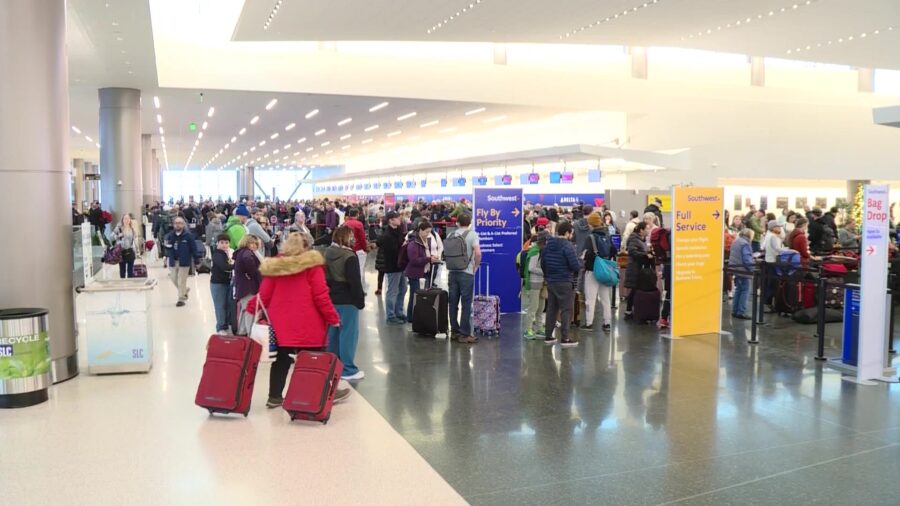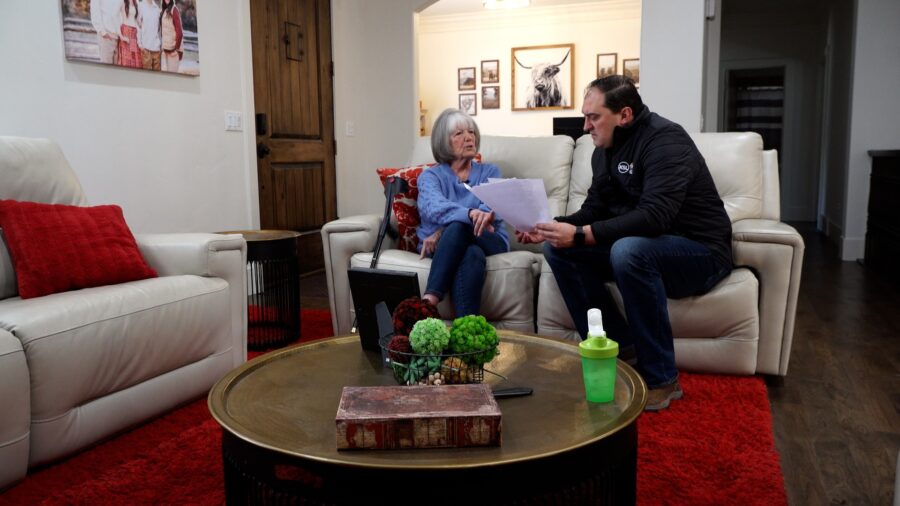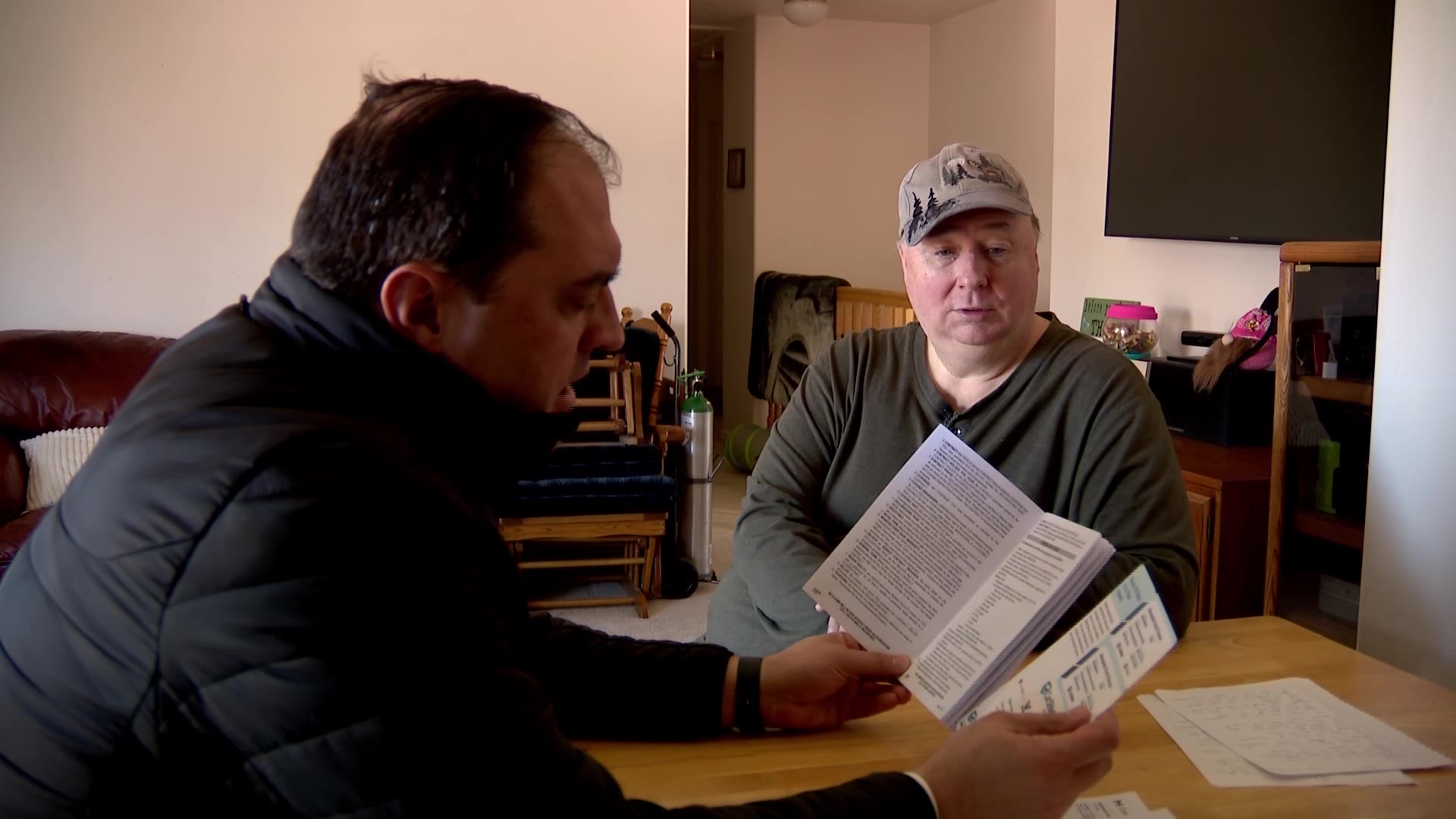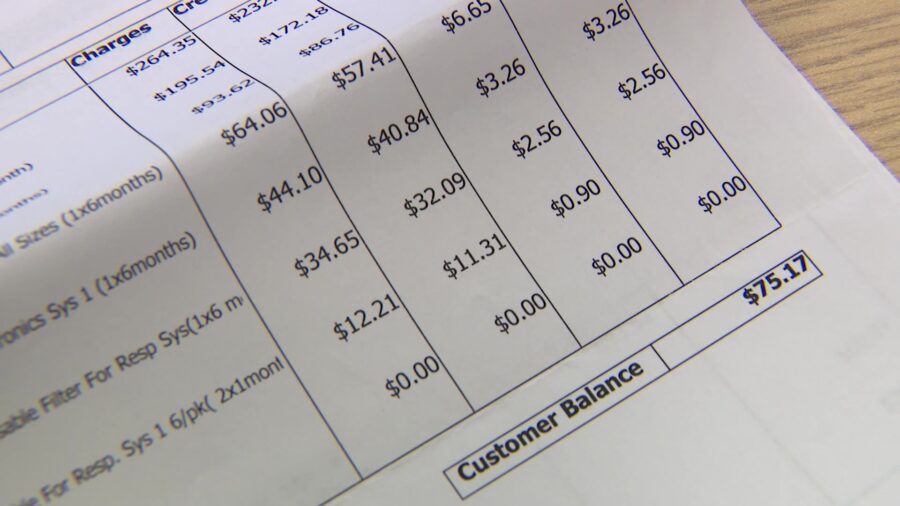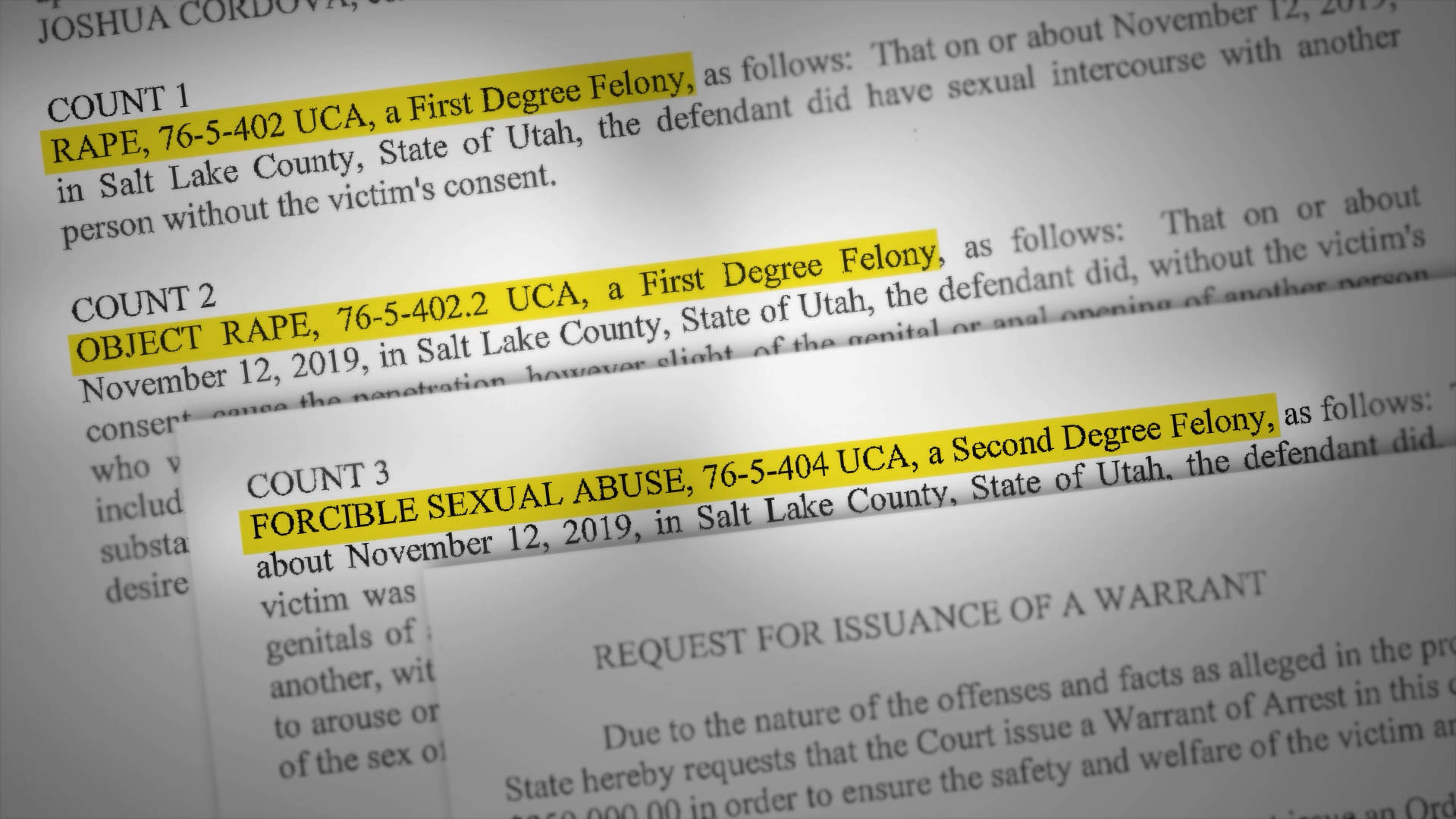Woman has lien slapped on home after contractor doesn’t pay sub
Nov 18, 2021, 1:17 PM | Updated: 1:45 pm
CEDAR CITY, Utah — Hiring a contractor and paying the bill isn’t always the end of the project. Cedar City resident Jennifer Curtis found this out the hard way.
Curtis said building her brand-new home was relatively easy.
“(It was) really smooth, everything went great,” she exclaimed. “Subs were here on time, everybody was paid quickly.”
Curtis said she and her family paid their final bills to the various contractors working on her home, closed the sale in June with a free title and moved in.
Out of the blue, Curtis received a letter from an attorney representing L&W Supply. They supplied her drywall contractor with the necessary supplies for her home. The letter indicated that the contractor never paid them, and they were now passing the bill to Curtis.
“$7,600,” Curtis said was the total of the bill. “And now lawyers’ fees and all of that, they’ve tacked on an extra $1,000.”
The letter told Curtis she needed to pay the balance, or a lien would be filed on her home. This could mean L&W Supply could opt to foreclose on Curtis’ new home in order to settle the debt if not paid.
Curtis reached out to the drywall contractor but received sad news.
“The owner had passed away from COVID,” said Curtis. “They didn’t have any money, basically, and they couldn’t help.”
Shortly thereafter, Curtis received another letter: a notice a lien had been filed on her home.
Curtis was one of many homeowners caught between a contractor and sub dispute.
Zach Whitney with the Utah Department of Commerce explained the problem became so common, state lawmakers set up a special fund to help both subs and homeowners resolve the issue: the Residence Lien Recovery Fund.
“The subcontractors could recover some of that money, and in turn, we could protect the homeowners from having to pay twice,” Whitney said.
When homeowners find themselves in Curtis’ situation, Whitney said they could file a claim with the Residence Lien Recovery Fund that would protect their home from the sub foreclosing on their property.
To qualify, Whitney said homeowners must have done three things: have hired a licensed contractor, paid the contractor in full, and live in the residence in question. If these criteria are met, the fund issues a certificate of compliance, which means the subcontractor cannot foreclose on the property to recover their lost funds.
Not everyone qualifies. For example, it won’t help those who own multi-dwelling units, like condos.
Whitney said subcontractors have rules to follow, including a strict timeline on when they can file a lien on the property, as well as suing the contractor for the balance.
While Whitney explained that homeowners must complete the process to avoid lien foreclosure, it didn’t come to that in Curtis’ case.
KSL Investigators reached out to L&W Supply and their lawyer. Neither wanted to comment on the situation but told us the company decided to drop the lien on the Curtis residence.
Whitney explained there are steps consumers can take to prevent this situation from happening. Making sure your contractor is licensed with the Division of Occupational and Professional Licensing is a good start.
The Department of Commerce also operates the State Construction Registry. This database contains information on which subs your contractor is working with so consumers are aware of all the components in the construction process.
Action from the Utah Legislature in 2018 changed the previous requirement that contractors must pay into the Residence Lien Recovery Fund, essentially defunding it.
Currently, the Fund has $1.2 million left and is estimated to last the next three years at most.
Whitney told KSL Investigators there may be talk of more changes to the Fund in the upcoming 2022 General Session to address this lack of funding.
Have you experienced something you think just isn’t right? The KSL Investigators want to help. Submit your tip at investigates@ksl.com or 385-707-6153 so we can get working for you.

